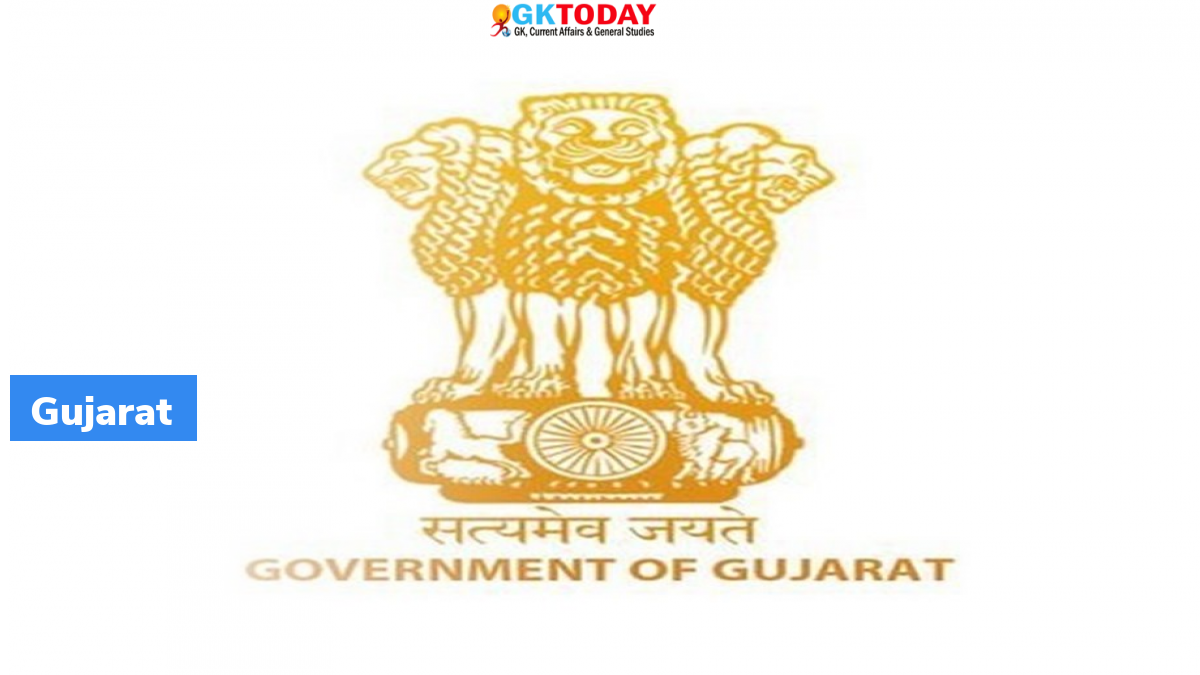Gyan Sahayak Scheme
The state government of Gujarat introduced the Gyan Sahayak Scheme in July, aimed at addressing teacher vacancies in government schools through contractual appointments. However, the scheme has faced significant opposition from various quarters, including student groups, political parties, and teachers’ associations.
An Interim Solution to Teacher Vacancies
- The scheme, announced by the Education Department in July, seeks to appoint Gyan Sahayaks on a contractual basis to fill teacher vacancies temporarily.
- The primary objective is to ensure that the education process is not disrupted due to teacher shortages.
- The appointments are temporary and contractual, serving as an interim measure until regular teacher appointments are completed.
National Education Policy as a Foundation
- The Government Resolution (GR) issued on July 10 cites the National Education Policy (NEP) 2020 as the basis for implementing the Gyan Sahayak Scheme.
- NEP 2020 emphasizes the development of communication, critical thinking, creative thinking, and problem-solving skills in students.
- The scheme aims to equip teachers with interdisciplinary and multidisciplinary skills, beyond their academic subject knowledge.
- Teachers are expected to possess skills that enable them to teach various subjects, including computer science, vocational education, arts, music, painting, and sports.
Exclusive to Government and Grant-in-Aid Schools
- The Gyan Sahayak Scheme is applicable to government and grant-in-aid schools, with a particular focus on Mission Schools of Excellence.
- The government announced plans to hire 15,000 Gyan Sahayaks for primary schools and 11,500 for secondary and higher secondary schools.
- Monthly salaries for Gyan Sahayaks vary by school level: Rs 21,000 for primary school, Rs 24,000 for secondary school, and Rs 26,000 for higher secondary school.
- Online applications have been made available for candidates to select their preferred schools, and the state Education Department will announce a school-wise list of Gyan Sahayaks based on merit and preference.
Teacher Vacancies in Gujarat
- Gujarat faces an estimated 32,000 teacher vacancies, with approximately 20,000 in primary schools and 12,000 in secondary schools.
- Some secondary schools currently rely on Pravasi teachers to bridge the gap, a scheme introduced in 2015 for a similar purpose.
- The Gyan Sahayaks are intended to replace the Pravasi Shikshaks, who were hired for temporary teaching roles.
- The last regular teacher appointments in these schools were made in the lead-up to state assembly elections last year and in January 2021.
Eligibility and Selection Criteria
- To become a Gyan Sahayak in a primary school, candidates must have cleared the Gujarat Examination Board’s Teachers Eligibility Test (TET)-2.
- For secondary and higher secondary Gyan Sahayaks, candidates should have cleared the Teacher Aptitude Test (TAT).
- Candidates who cleared TET-2 more than five years before the Gyan Sahayak Scheme’s announcement are ineligible.
- Age limits: Under 40 years for primary and secondary school teachers, and 42 years for higher secondary school teachers.
- The Gujarat Examination Board will prepare a merit list based on TET-2 results, and school-wise lists will be sent to School Management Committees (SMCs) through district education officers.
Terms of Appointment, Salary, Age, and Contract Period
- Gyan Sahayaks are appointed on an 11-month contractual basis, with automatic cancellation upon completion.
- School Management Committees have the authority to make such contracts.
- The work’s performance will be reviewed at the end of the contract period, with the possibility of a new contract.
- Each year, the Samagra Shiksha office in Gandhinagar will advertise vacant teaching positions in schools and invite applications.
Protests and Opposition
- Since the announcement of contractual appointments, various groups, including opposition parties, teachers, candidates awaiting regular appointments, and student organizations like ABVP, have protested against the scheme.
- Concerns have been raised about the impact of contractual teachers on the quality of education and their commitment to students’ learning.
Comparison with Pravasi Shikshak Scheme
- The GR issued in July 2023 states that with the implementation of the Gyan Sahayak Scheme, all resolutions related to the Pravasi Shikshak Scheme will be canceled.
- While there are similarities between the two schemes, the Gyan Sahayak Scheme follows a more detailed hiring process with specific eligibility criteria and some changes in remuneration.
Addressing Teacher Shortages in Gujarat
- In response to teacher shortages and delayed regular appointments, an “honorarium scheme” was introduced in 2015.
- This scheme invites visiting faculties to schools and has been extended annually since its inception.
- The honorarium rates vary, with primary teachers receiving Rs 50 per period, and secondary and higher secondary teachers receiving Rs 75 and Rs 90 per period, respectively. There are limits on the number of periods taught per day.
Month: Current Affairs - October, 2023
Category: Government Schemes Current Affairs


